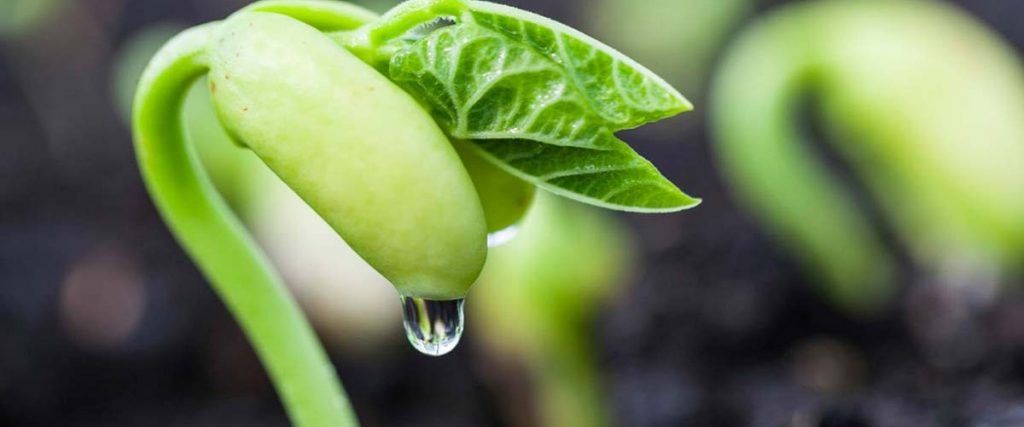Swedish Scientists have turned the root system of a bean into a supercapacitor
2 min read
Andromeda News
Swedish scientists presented the results of an original project: it turns out that if you water the beans with a specific solution, their roots begin to conduct electricity and are capable to accumulate energy like a supercapacitor. The improved system works 100 times more efficiently than previous versions and does not interfere with the development of the plant.

Scientists have turned the root system of a common bean into a The discovery, made by scientists from the Organic Electronics Laboratory of Linkoping University, builds on previous research by Elena Stavrinidou. In 2015, her team used PEDOT polymers to create electrical circuits in the conductive tissue of roses that were made into transistors afterward. In 2017, they used the ETE-S oligomer instead of the polymer. As a result of which the plants were able to accumulate electricity, writes Phys.org.
However, in the past, scientists have worked with cut plants that died after a few days. The new study was carried out on an intact bean sprout. The entire root system began to conduct electricity after irrigation with a solution containing ETE-S oligomers. Electrical activity persisted for more than four weeks, and the specific conductivity in the roots was
10 S/cm.

The researchers adapted the beans to act as a supercapacitor. And the roots served as electrodes with which the plant could be discharged and recharged. The system could store up to 100 times more energy than previous developments by scientists, which used only barrels. In addition, the electricity had no negative impact on the plant, it developed a more complex root system, but otherwise, the beans continued to grow and bear fruit.
“Supercapacitors based on conductive polymers and cellulose are an environmentally friendly alternative for energy storage that is both cheap and scalable,”
Stavrinidou
Scientists at the Massachusetts Institute of Technology were able to increase the luminescence power of plants modified with nano bionics by ten times in their new experiment. We also managed to significantly extend the duration of the glow – a 10-second turn-on of the blue LEDs was enough to “charge” the plants for an hour of glowing.


